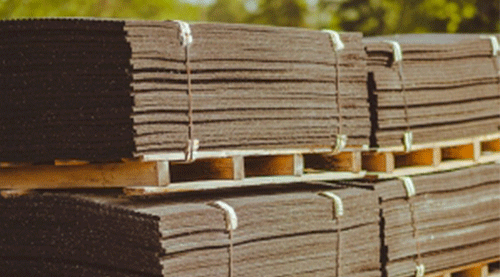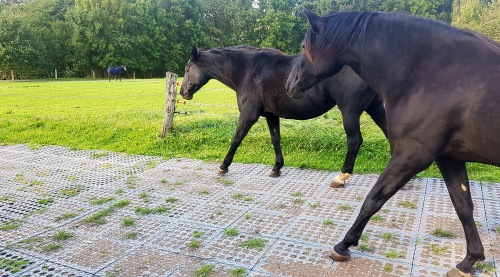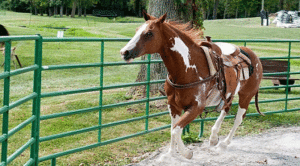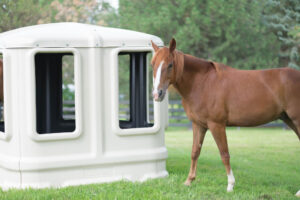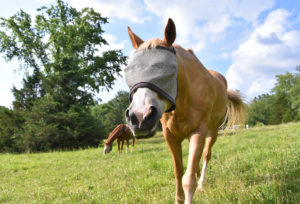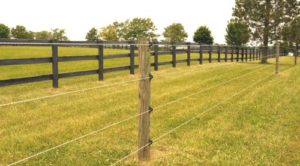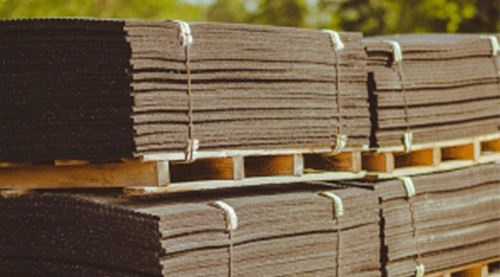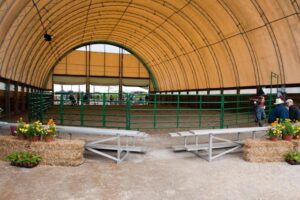
Are your Pastures Ready for Spring?
by Lisa Kiley – published in the Saddle Up! April 2021 page 22, Updated May 2025
Walk Fence Lines – Before turning out horses in pastures that have been sitting dormant all winter, it is important to take a walk to see if there was any damage to the fencing over the winter season. This could be from deer running through, falling branches or thawing/freezing that has caused the fencing to sag and tension as needed. Look for any potential routes of escape or areas that may prove unsafe for curious horses. If your fence is electrified, test sections to make sure that the fence is fully fortified.
Clean-Up Brush and Branches – While horses are off the fields, it can be a good time to pick up fallen trees/branches and clear out brush. Pick up litter that may have accumulated in the pasture to help prevent injury/ingestion. This goes for any trail areas that are on your property as well. Schedule a clean up day and enlist help as needed, many hands do make light work and simply offering a lunch after the tasks are completed can garner some helpers that don’t mind getting their hands dirty.
Clean Out the Loafing Sheds – Whether they have been used all winter in your sacrifice areas or haven’t been used since last fall. Clean out old bedding and manure. Inspect roof and clean gutters as needed and make sure that everything in the interior is safe and free of broken boards, sharp edges, etc. If loafing sheds are outfitted with electric, check that all electric and wires are in safe working order.
Spread Manure – The manure pile can really accumulate over the winter. If you have been working on turning horse manure into a good compostable product, this is the time to start spreading. In the spring, once the ground has thawed, the nutrients from the compost will be able to be absorbed and utilized by the soil. Make sure that you are spreading in areas where horses will not be grazing for several weeks.
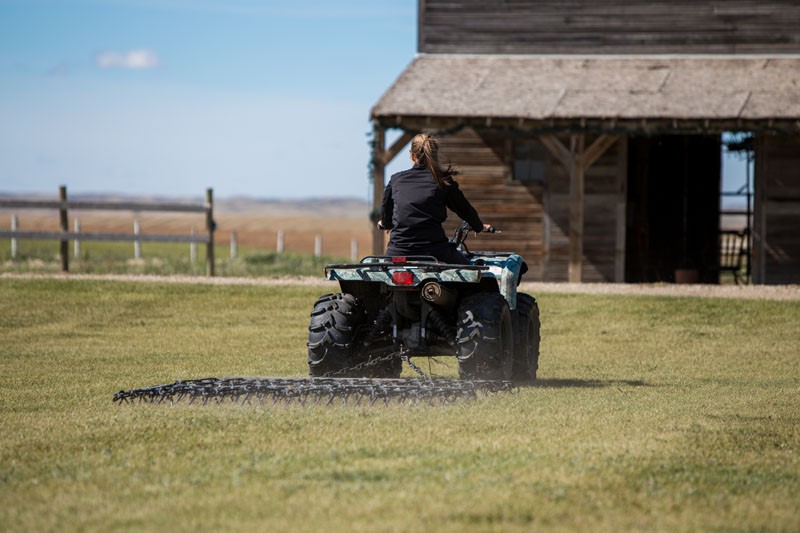
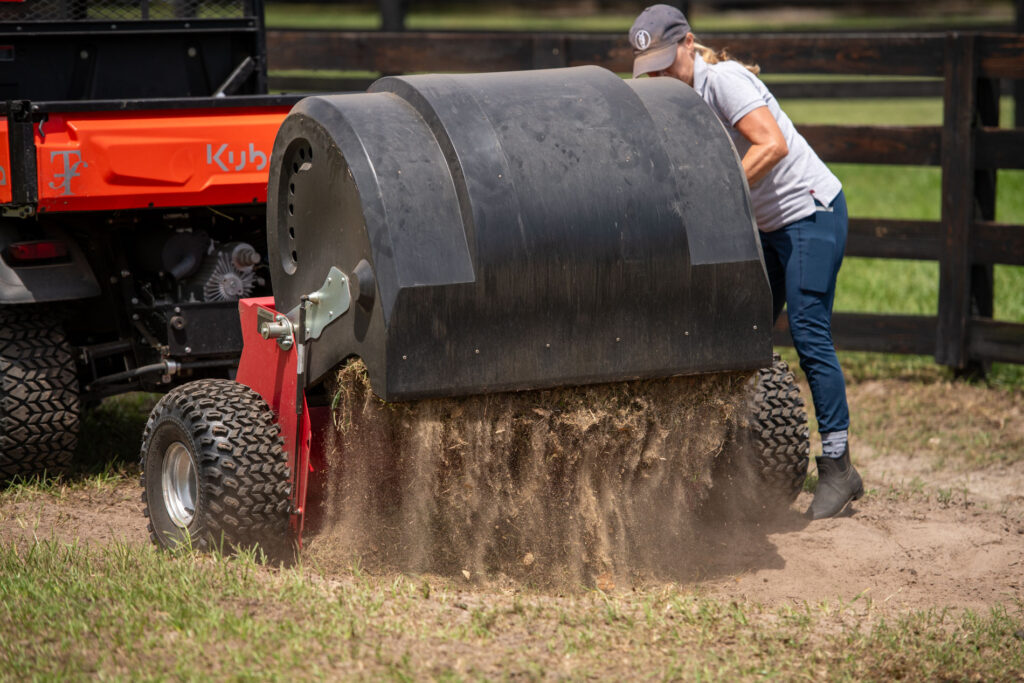
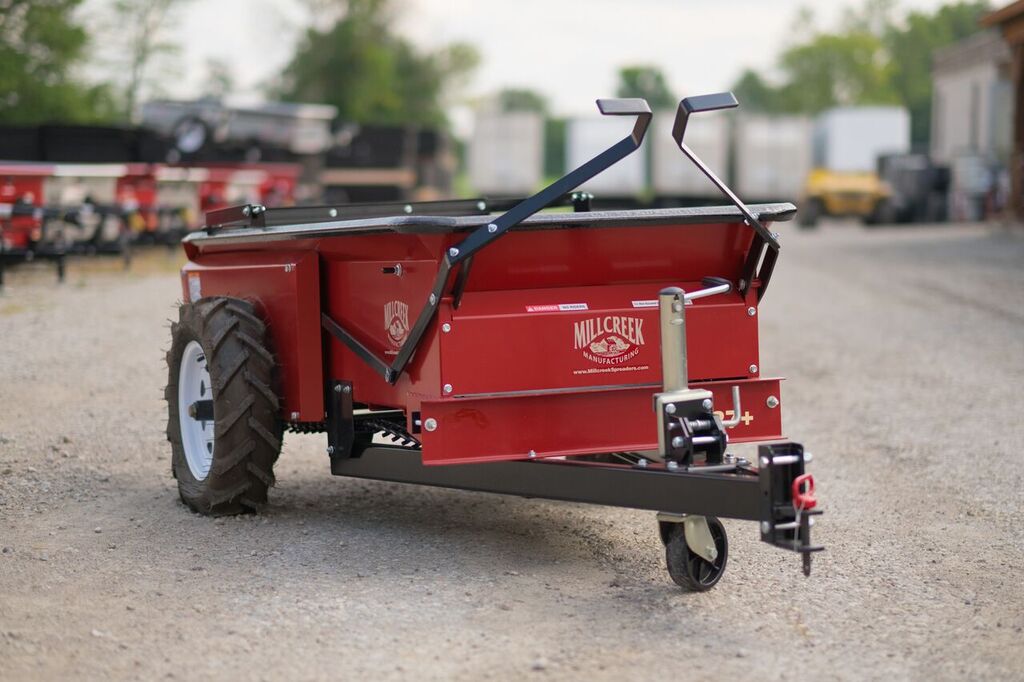
Drag & Clean Pastures – Harrowing pastures in the spring can help matted grass to stand up allowing for quicker growth of new grass. Moving patches of leaves that were missed in the fall or collected over the winter will also help encourage growth. Harrowing allows for organic matter to be evenly dispersed into the soil, increasing air circulation, water distribution and nitrogen penetration to the roots. Stimulating the earth will make pastures stronger earlier in the season, allowing for more grazing opportunity. It’s also important to clear manure and debris to quickly eliminate winter buildup. Cashman’s new Tow and Collect system makes the job faster and easier than ever.
Plan for Mud – Mud season seems to be longer and longer every year. Thawing ground and spring showers can mean muddy gate areas, feeding areas, and pathways. Think about improving the ground by adding Mud Grids or Paddock Slabs. By amending the ground and fortifying it with a product that will stabilize muddy areas making it easier and safer for both you and your horses. These products are easy to install and require little ground preparation.
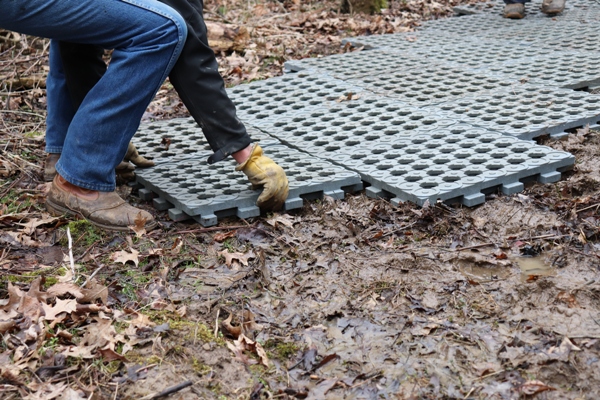
Rotational Grazing – The foundation of great pastures is knowing when to have horses turned out on them and when to rest the areas so they can grow. One way to enhance the amount of grass you can grow in your pastures is to make sure that the pasture is fenced in such a way that you can move horses around from one area to another rotationally. This usually means creating several smaller paddocks rather than one large pasture. Pastures can be easily segmented by adding a few strands of electric braided fencing.
Fence Projects – Maybe this year, it’s time to expand or update your fencing system. There are a lot of great options when it comes to horse fencing. Just make sure that whatever option you choose is safe for horses. This means the material is forgiving if the horse should run into it, highly visible and tall enough to keep them from leaning over it. It can be helpful to mix fencing styles throughout your property to make the total project more economical. Adding electric can help prevent ware over time and protect your investment.
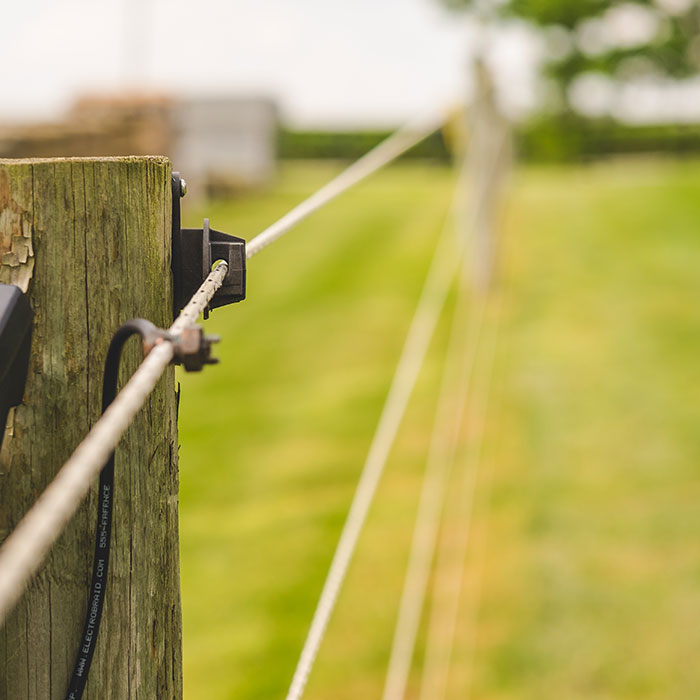
Landscape – Adding landscaping can be both form and function. While it can add a decorative flair to your farm, there are several advantages to adding hedgerows, bushes, and flowers. Hedgerows and tree lines can create wind barriers and help prevent erosion, especially in very flat areas. They also help absorb water in the wetter times of the year helping to prevent mud. In the dryer season they help delegate the water to the plants around them. Flowers increase biodiversity and encourage pollination. Just make sure that these additions are not toxic to horses before installing.
Farm Equipment Check – Before starting spring projects, it is a good idea to make sure that your equipment is in good working order. Does your tractor need a tune up? Mower blades need to be sharpened? Save yourself some frustration and check equipment before you get started. This also may be the year to upgrade to a new manure spreader or get a bigger harrow. Trading up can make the season to come much easier and save hours of time.





